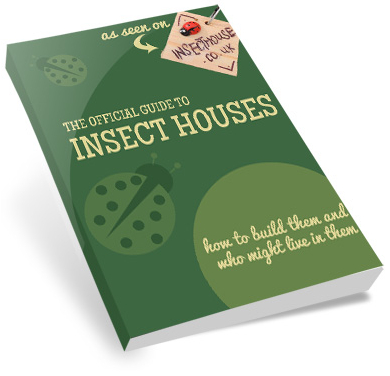What are peppered moths?
The peppered moth, Biston belutalaria, is probably one of the most famous species of moths known to humankind. Believed to have existed for thousands of years, this moth has always been a favourite subject for genetics studies. Its evolution is often used by teachers as a good example of Darwin’s theory of natural selection.
Native to Europe and America, the peppered moth is a temperate, nocturnal flying moth categorised under the family of Geometridae. It resembles a butterfly and typically has long, speckled black-and-white wings that measure around 35-60 mm. A frenulum serves as a link between their wings. In males, one dominant characteristic is their feathery antennae. Their body is usually brownish in color but they blend evenly with their surroundings, often with very elaborate patterns. Meanwhile, the caterpillar mimics the appearance of the twig or branch it clings to. It pupates in the soil during winter season.
What do Peppered Moths eat?
Most adult moths feed on flower nectars, fruit pulps and leaves. Some eat plant seeds.
Where do Peppered Moths live?
Biston betularia is widespread in Europe, Asia and North America and is actively seen in the UK during the months of May to August.
In the daytime, peppered moths rest on the barks, leaves, and branches of trees, where they are camouflaged from predators such as birds.
Interesting Peppered Moth facts
There are two types of peppered moth in the same species: the typical is a pale-looking moth distinguished by its lightly colouring, like the lichens growing on tree bark surfaces. The carbonaria, on the other hand, is dark-coloured and thrived during the Industrial Revolution when pollution killed off many lichens and covered the moths’ favourite trees with dark soot. Their better camouflage enabled them to avoid predators better than their light coloured cousins.
Activity
Find a group of moths flying around in a dark garden/orchard. Set out an ultraviolet light if you can find one. Observe how the moths respond. Many will get attracted to the light. This is the easiest way to collect them in groups.

